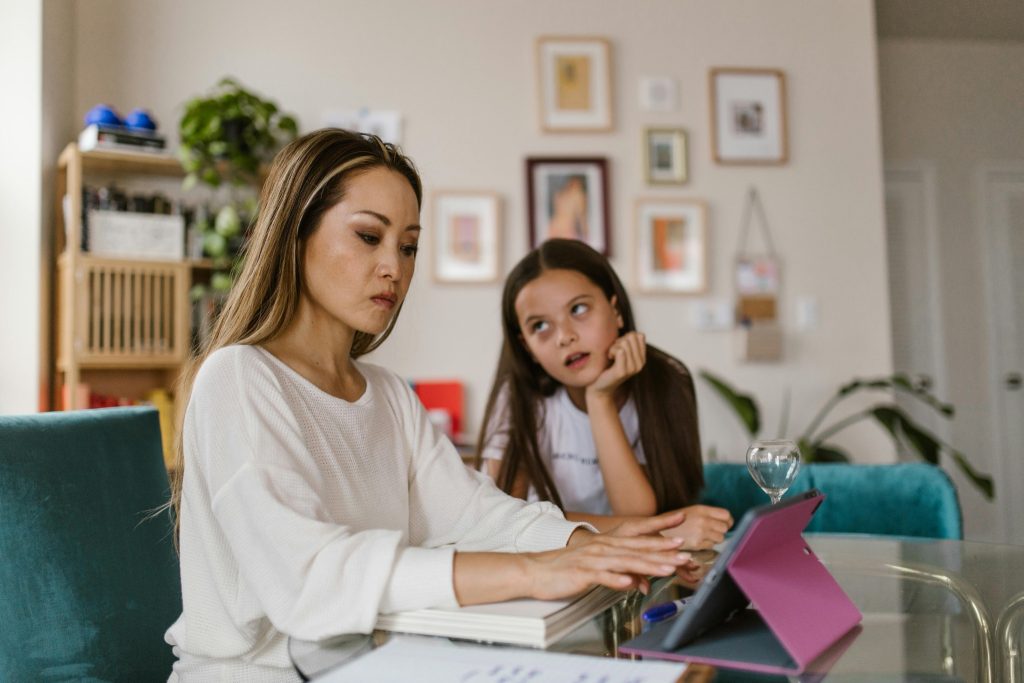When raising a child with autism, small victories often lead to big transformations. One of the most effective and compassionate strategies in ABA therapy is positive reinforcement for autism – and the best part? Parents can use it at home every day.
By learning and applying simple ABA tools at home, families can reduce stress, build stronger routines, and empower their children to succeed. Whether just starting or continuing the journey, these strategies deliver consistent results and lasting growth.

What Is Positive Reinforcement in ABA?
Positive reinforcement involves giving a reward or meaningful response after a desired behavior, which increases the likelihood that behavior will happen again.
It’s one of the foundational autism strategies in ABA and is often used to support communication, daily living skills, and behavior regulation.
For example, a child who asks for help instead of crying might receive praise, a toy, or extra screen time. This targeted approach builds trust, motivation, and confidence – key ingredients for progress in autism therapy.
Why Why Positive Reinforcement Works So Well for Children With Autism
Children on the spectrum often thrive with structure, predictability, and immediate feedback. That’s why positive reinforcement is such a powerful part of autism support – it turns learning into something motivating and fun.
It also helps reduce challenging behaviors by redirecting attention to what the child is doing right. Instead of focusing on problems, parents can highlight strengths and guide growth through encouragement.
Whether managing autism emotional regulation or teaching new skills, this method builds cooperation and connection.

Simple Ways to Use Positive Reinforcement at Home
Families don’t need a clinic – just consistency. These ABA at home strategies make reinforcement easy:
- Praise clearly: “I love how you cleaned up your toys!”
- Use token boards: Earn five stars, get screen time
- Offer choices: Let the child pick the reward from two options
- Celebrate effort: Not just the outcome, but the attempt
- Use visual rewards: A chart or photo of the prize reinforces the goal
These simple steps are excellent tools for managing autism behavior at home, especially when paired with calm communication.
Reinforcement and Emotional Growth
Positive reinforcement doesn’t just shape behavior – it builds emotional skills. When a child receives a smile or hug for expressing an emotion appropriately, it teaches that feelings are safe and can be managed constructively.
This is particularly valuable for children with high-functioning autism and emotional regulation challenges. Instead of reacting to meltdowns, parents can reinforce calm responses, communication, and self-regulation.
Setting Goals and Tracking Progress
Reinforcement becomes more effective when tied to specific behaviors. Common social skills goals for autism include:
- Asking politely for help
- Using the bathroom independently
- Playing cooperatively with peers
Pairing these with a structured social skills curriculum for autism or guidance from a BCBA ensures consistency. Families can also use autism resources for parents like token boards and ABA kits to track success over time.

Autism Parenting Tips for Everyday Wins
Here are some quick wins for families:
- Create a “yes space” filled with preferred activities
- Use visual aids to show what behaviors earn rewards
- Give attention to the behavior you want to see more of – not just the challenging ones
- Reinforce in the moment—don’t delay praise
- Rotate rewards to keep motivation fresh
With these autism parenting tips, families create a positive environment where children feel understood and supported.
Conclusion
Positive reinforcement isn’t just an ABA strategy – it’s a mindset. By focusing on successes, parents foster encouragement, cooperation, and growth..
Whether using ABA strategies at home, supporting social skills activities for autism, or reinforcing daily routines, consistency creates long-term progress. Families don’t need perfection – just patience, structure, and love.
FAQ: Positive Reinforcement and Autism
1. What is positive reinforcement in autism?
It’s an ABA strategy that rewards desired behaviors to increase the chances they will happen again.
2. Why is positive reinforcement effective for children with autism?
Children with autism respond well to structure, predictability, and rewards, making reinforcement highly motivating.
3. How can parents use positive reinforcement at home?
Parents can use praise, token systems, and visual charts to reward positive behaviors during routines and play
4. Can positive reinforcement help with emotional regulation?
Yes, rewarding calm responses and communication helps children learn to manage emotions constructively.
5. What are examples of reinforcement rewards?
Rewards may include praise, tokens, extra playtime, small treats, or favorite activities.

Pingback: Autism and Play: Turning Fun Into Functional Learning
Pingback: Stress Management for Kids: 7 Expert Strategies for Parents
Pingback: Why Autism & Routine Changes Are So Challenging - How to Help